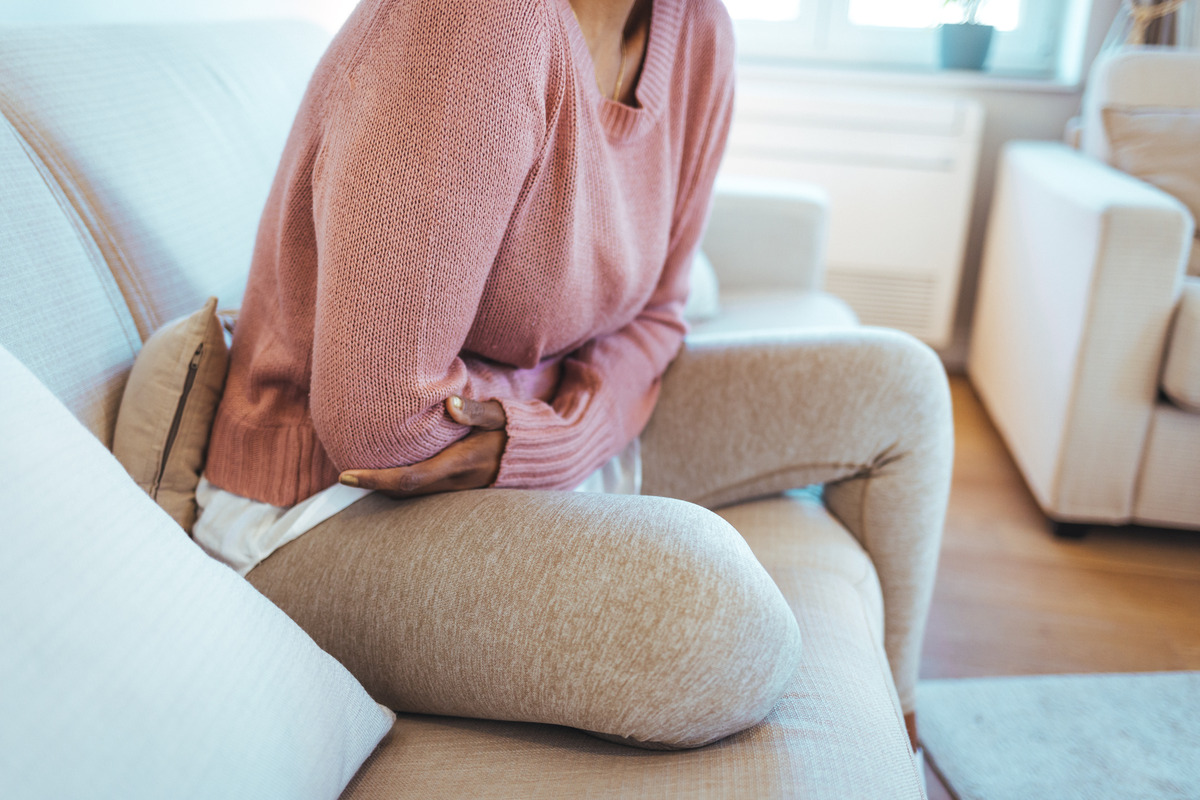-
Services
Featured Specialties
-
Locations
Location Type
-
Patients & Visitors
Published February 20, 2023

The winter months have long been synonymous with illnesses ranging from the common cold to flu and COVID-19. Now clinicians are seeing a spike in norovirus cases.
Northeast Medical Group primary care doctor Piyal Alam, DO, says norovirus is sometimes referred to as the “winter vomiting disease” because cases peak from November to April. Just like other illnesses that emerge this time of year, norovirus is highly contagious.
“The best thing for us is whenever someone gets sick is to self-isolate the best that we can so that we minimize the amount of spread,” Dr. Alam said.
Common norovirus symptoms to look out for include:
These symptoms can appear within 24 to 48 hours after exposure and typically only last up to 72 hours. Norovirus and food poisoning symptoms are similar. However, with food poisoning, there is often a clearcut source and symptoms appear within hours. A stool-based test can confirm the presence of norovirus, but Dr. Alam said that’s not necessary in most cases.
Staying hydrated is important for any patient with norovirus. Patients should watch their intake of fluids and stick to the bland “BRAT” diet of bananas, rice, applesauce and toast.
Children under 5, those over 65 and anyone with comorbidities are at risk of dehydration. Therefore Dr. Alam says patients or caregivers should look out for dangerous warning signs including inability to urinate, extremely dark urine or changes in mental status. Those symptoms may likely warrant a trip to the emergency department where patients can get IV fluids and observation. For concerning symptoms, please consult a health care professional for guidance.
Unlike COVID-19, which is spread through respiratory droplets, norovirus spreads through the fecal oral route, so people can get sick simply be touching an infected surface and then their face, or by sharing plates, cups or utensils with someone who is sick.
In addition, norovirus can live on hard and soft surfaces for a few days and potentially up to two weeks. Therefore, proper cleaning techniques is key once someone gets sick. Since norovirus is not killed by alcohol, disinfect surfaces with bleach and wash hands with soap and water for at least 20 seconds. If you have the luxury of an extra bathroom, anyone who is sick should stick to that bathroom until they get better.
Thankfully, some people exposed to norovirus are asymptomatic. But properly disinfecting your home and practicing hand hygiene is a good practice to have all winter long.